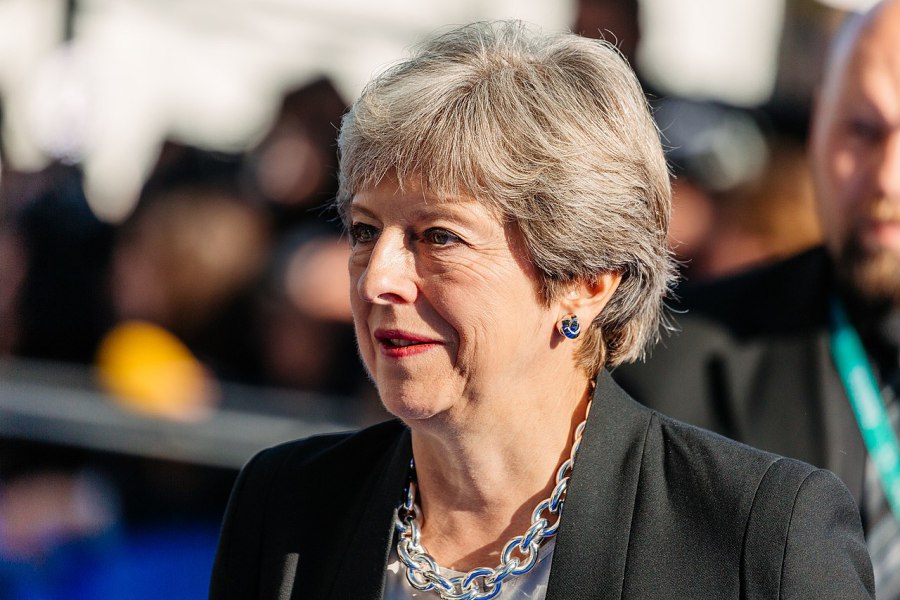Consider this situation.
The Conservative Party has been the biggest party in a coalition with the Liberals, and, following a general election, forms a majority government. The following year, the Prime Minister unexpectedly resigns. His anticipated successor is the Foreign Secretary, an old Etonian, who studied Classics at Balliol College, Oxford, but failed to get a first-class degree, and appears over-enthusiastic for the job. He is beaten by someone who is thought to have a more reliable character. The Labour Party is led by a known pacifist, with an inexperienced and widely mistrusted economic spokesperson. Within a year the Conservative Prime Minister decides to hold a snap general election on a matter of significant economic interest but manages to lose their Party’s overall majority.
The question is what happens next.
The answer may surprise you.
The Prime Minister resigned and the Labour Party formed a minority government. The Conservative Party was able to watch while the Labour Party struggled along, knowing that it could trigger a vote which would bring the Labour Party down whenever it wished, and force a General Election. Despite the Labour Party passing a very significant Housing Act, it was duly kicked out and the Conservative Party won a large majority at the polls. The Conservative leader had a further decade at the head of the party.
The first Prime Minister, who won a majority in 1922, is Bonar Law. His successor, in 1923, is Stanley Baldwin. The Balliol classicist he beat to the leadership is Lord Curzon and not Boris Johnson, who, you may have spotted, was not yet Foreign Secretary when the 2017 election took place. The Labour leader is James Ramsay Macdonald and his Chancellor, Philip Snowden.
So, what was Theresa May thinking of when she decided to stay in power in 2017?
By remaining in 10 Downing Street, while managing both the economic failures of the Cameron Government and the probable crisis of Brexit, Theresa May or her successor may face an impossible task in 2022. It does not matter whether Cameron and Osborn inherited, exacerbated, or created an unbalanced, underproductive and deficit-and-debt-ridden economy, the incumbent Government will be blamed for economic failure, as were John Major in 1997 and Gordon Brown in 2010.
Perhaps, May felt that the momentum was with Jeremy Corbyn, and that, if she gave way to him, it would be he who was swept to power with a large majority in an October General Election.
That is, however, extraordinarily unlikely. Majority Labour governments have tended to fail even when their manifestos have been tailored to Conservative interests. Moving any of their policies forward would have so enraged the entrenched interests of neo-liberalism and their supporters in the press that any future election would have been on Tory terms. Then, there is Brexit. The Conservative Party would have been able to pin all the failures of Brexit on the Labour Party. Had Tories been in power, it would argue, Brexit would never have gone wrong.
So, is Theresa May a latter-day Robert Peel putting the interests of the State above that of Party, staying at the helm during choppy seas to steer Britain to safer waters? Or is she putting herself above the interests of her Party, either because she is deluding herself about her position and her abilities, or because she wants to cling to the top job? Or is she sacrificing herself to enable a future leader to escape the legacy of Brexit failure?
Or is it something else?
Only time will tell, but it appears that the Tory art of statecraft, developed by Lord Salisbury in the 1880s and 1890s, honed by Stanley Baldwin in the 1920s and 1930s, and exploited by Margaret Thatcher in the 1980s, has deserted the current leadership.
Dr Christopher Stevens is currently the Director of Quality and Standards at the University. He was previously an ESRC Post-Doctoral Research Fellow, working on post-war grass-roots British Conservatism, and a Lecturer in Politics at the Universities of Teesside and Queen Mary, London.
 Politics
Politics Anna Vanaga
Anna Vanaga 983
983


